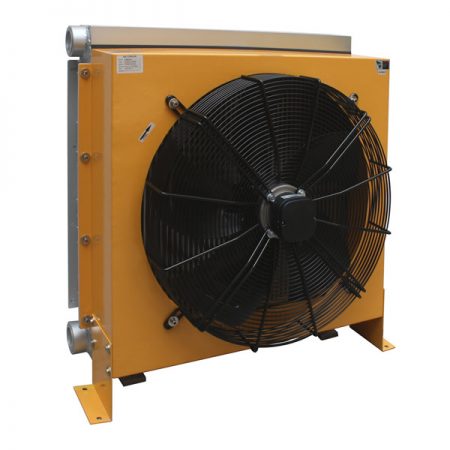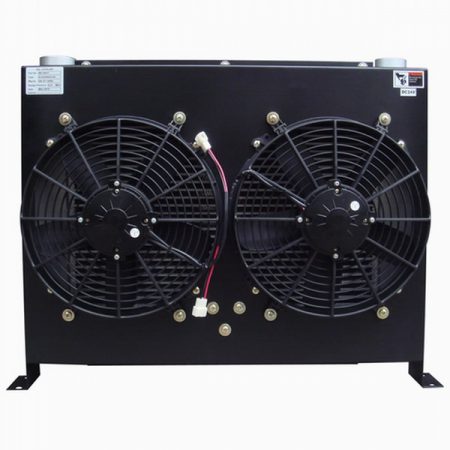As a means of power diffusion, hydraulics has many benefits. But overall efficiency is NOT one of them. A single-reduction gearbox has an efficacy of 98 to 99 percent, double-reduction 96 to 97 percent and triple-reduction 95 percent. A chain drive in well-being has an efficiency of 97 to 98 percent.
A high-performance piston force has a competence of 92 percent. If this pump drives a piston motor, the overall efficiency of this hydraulic energy, is 85 percent (0.92 x 0.92 x 100 = 85) – and this is without considering fatalities through faucets and conductors.
And it’s worthy! A gear pump or engine in good condition is 85 percent efficient. So a gear pump driving a gear engine has a best-case effectiveness of 0.85 x 0.85 = 0.72. That’s 72 percent – not considering losses through faucets and conductors.
This basically tells us that, every hydraulic system with a great, continuous power input and consequently output power requires an oil cooler to keep oil temperature constant and within adequate parameters.
TO begin with, when sizing an oil cooler, the main thing to study is an uninterrupted input power of the system. I like to work in kilowatts, because kilowatts of input power given up as heat equates near enough to the same amount of required heat elimination in kilowatts. In other words, it’s a lot simpler than working in horsepower and BTU/h.
Trying to paint a picture here for your understanding, if a hydraulic system has an uninterrupted input power of 100kW and it’s 80 percent effective, then 80kW is accessible at the output to do useful work and 20kW is altered to heat. So the oil cooler must be capable of rejecting at least 20kW of heat to maintain a suitable and stable oil temperature.
The next thing to consider is the inborn efficiency of the system. This is almost impossible to calculate, but can be estimated based on the type of system and the mechanisms used.
For example, as described above, a piston pump driving a piston motor is 85 percent efficient, but a gear pump driving a gear motor is only 72 percent efficient. If both systems had a continuous input power of 100kW, then allowing for extra damages in conductors and valves, a cooler capable of rejecting around 25kW of heat would be required for the piston pump/motor system and 35kW of heat rejection for the gear pump/motor system.
These ratios need to be improved if the system features a gamble with significant storage volume, or servo or proportional valves. In fact, it’s not ignored for a proportional or servo hydraulic system to require installed cooling capacity of between 50 and 90 percent of input power. For 100kW of input power, this would mean a cooler that can reject between 50 and 90kW of heat.
In the concluding study, the size of the cooler selected as a percentage of input power is usually an illogical number based on all the above thoughts – and preferably, with a margin of safety built in. It’s better for the cooler to be too big rather than too small – feasibly not from the cost perspective – but certainly for trustworthiness. In other words, mounting scarce cooling capacity is a fault, and generally an expensive one.
For best Options to get an Oil Cooler that minimizes all these faults and errors you should get yourself hydraulic oil coolers. For best quality at affordable prices, Visit: www.chance-coolers.com



